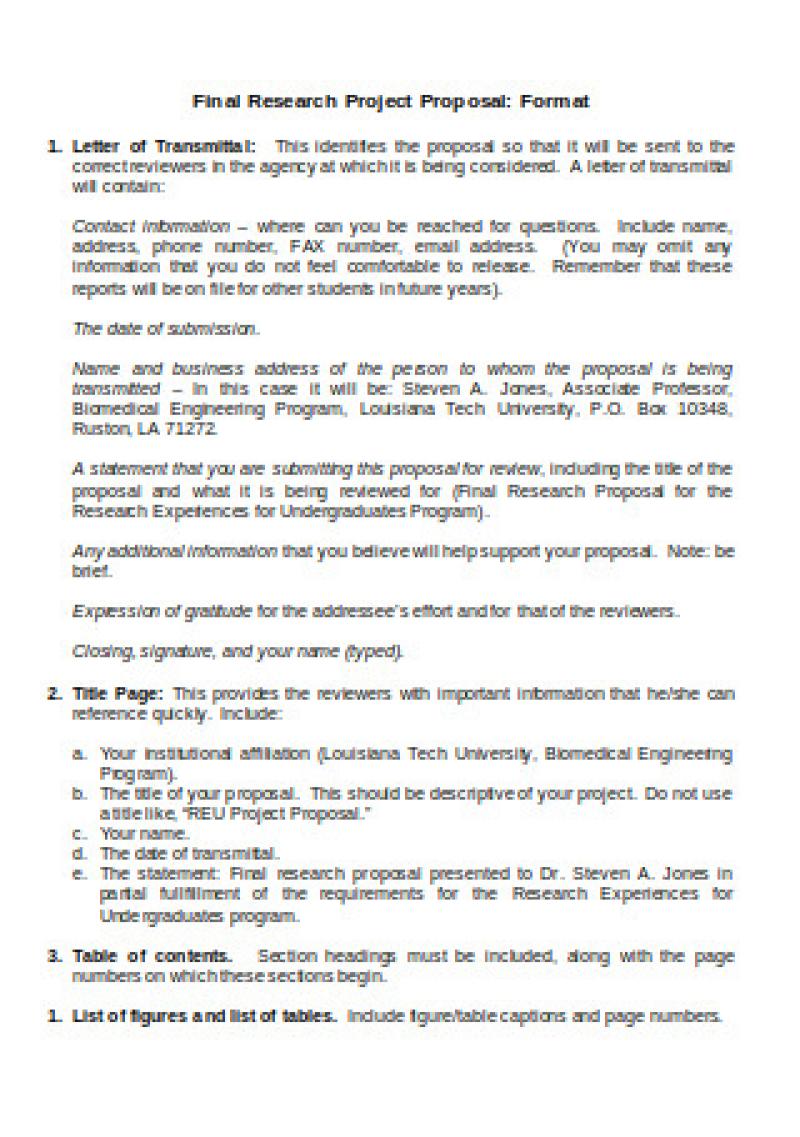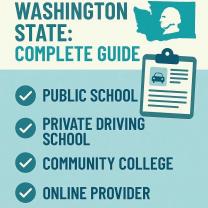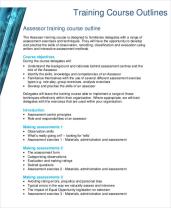How do you design a research proposal?
Designing a comprehensive research proposal involves several key steps. Here is a step-by-step guide to help you craft an effective research proposal:
Title:
- Start with a clear and concise title that reflects the main focus of your research.
Introduction:
- Provide an introduction to the research topic. Briefly outline the background, context, and significance of the study. Clearly state the research problem or question you aim to address.
Literature Review:
- Conduct a thorough literature review to identify existing research relevant to your topic. Discuss key studies, theories, and findings. Highlight gaps in the literature that your research will address.
Research Questions or Hypotheses:
- Clearly formulate the research questions or hypotheses that your study will investigate. These should directly relate to the research problem.
Objectives:
- Specify the research objectives or goals. These are the specific outcomes you aim to achieve through your research.
Research Design and Methodology:
- Outline the research design, explaining whether it is qualitative, quantitative, or mixed methods. Describe the data collection methods, sampling techniques, and any instruments or tools you plan to use. Justify your choices.
Participants (if applicable):
- Specify the characteristics of the participants in your study. Discuss the sampling strategy and the rationale behind selecting a particular sample size.
Data Analysis Plan:
- Clearly outline the methods you will use to analyze the data. Explain how you will interpret the results and draw conclusions.
Significance of the Study:
- Discuss the potential contributions of your research to the field. Explain why your study is important and how it adds value to existing knowledge.
Ethical Considerations:
- Address ethical considerations, including issues such as informed consent, confidentiality, and any potential risks to participants. Demonstrate your commitment to conducting ethical research.
Timeline:
- Develop a realistic timeline that outlines the various phases of your research project. Include milestones and estimated completion dates for each phase.
Budget (if applicable):
- If your research proposal involves budgetary considerations, provide a detailed budget that outlines the financial resources required for the study.
Evaluation Criteria:
- Clearly define the criteria by which you will evaluate the success of your research. This may include specific benchmarks, outcomes, or indicators.
Conclusion:
- Summarize the key points of your research proposal. Reinforce the importance of your study and the potential impact it may have.
References:
- Provide a comprehensive list of references cited throughout your proposal. Follow a consistent citation style (e.g., APA, MLA).
Appendices (if needed):
- Include any additional materials, such as surveys, interview guides, or supplementary information, in the appendices.
Remember to tailor your research proposal to the specific requirements of your academic institution, funding agency, or research context. Seek feedback from mentors, colleagues, or advisors to refine your proposal before submission.
Guidelines for creating a comprehensive research proposal
Creating a comprehensive research proposal requires careful planning and consideration. Here are some key guidelines to help you craft a compelling and effective document:
1. Define your research question and objectives:
- Identify the gap in knowledge: What problem are you addressing, and why is it important?
- Formulate a clear and focused research question: This should be specific and achievable within the scope of your project.
- Set clear objectives: What do you aim to learn or achieve through your research?
2. Conduct a thorough literature review:
- Identify relevant literature: Search academic databases, journals, and books related to your topic.
- Critically analyze existing research: Summarize key findings, identify gaps, and discuss the strengths and limitations of existing work.
- Position your research in the context of existing knowledge: Show how your project will build upon or challenge previous findings.
3. Describe your research methodology:
- Choose an appropriate research design: Will you use qualitative, quantitative, or mixed methods? Explain your rationale.
- Outline your data collection methods: How will you collect data (e.g., surveys, interviews, experiments)?
- Explain your data analysis procedures: How will you analyze and interpret your data? Be specific about the tools and techniques you plan to use.
4. Discuss ethical considerations:
- Identify potential ethical issues: Consider issues like informed consent, data privacy, and potential harm to participants.
- Explain how you will address these issues: Describe the ethical procedures you will implement.
5. Present a timeline and budget:
- Create a realistic timeline for your research project.
- Estimate the costs associated with your research, including equipment, materials, and personnel.
6. Write in a clear and concise style:
- Use formal language and proper grammar.
- Structure your proposal logically and organize your arguments effectively.
- Cite your sources appropriately and consistently.
7. Get feedback and revise:
- Share your proposal with colleagues, peers, or your supervisor for feedback.
- Revise your proposal based on the feedback you receive.
- Proofread your proposal carefully before submitting it.
Additional tips:
- Tailor your proposal to the specific requirements of the funding agency or institution you are submitting it to.
- Highlight the originality and significance of your research.
- Demonstrate your expertise in the chosen field.
- Be enthusiastic and passionate about your research.
By following these guidelines and putting in the necessary effort, you can create a compelling research proposal that will increase your chances of success and bring your research ideas to life.
I hope this helps! Let me know if you have any other questions about creating a research proposal.













